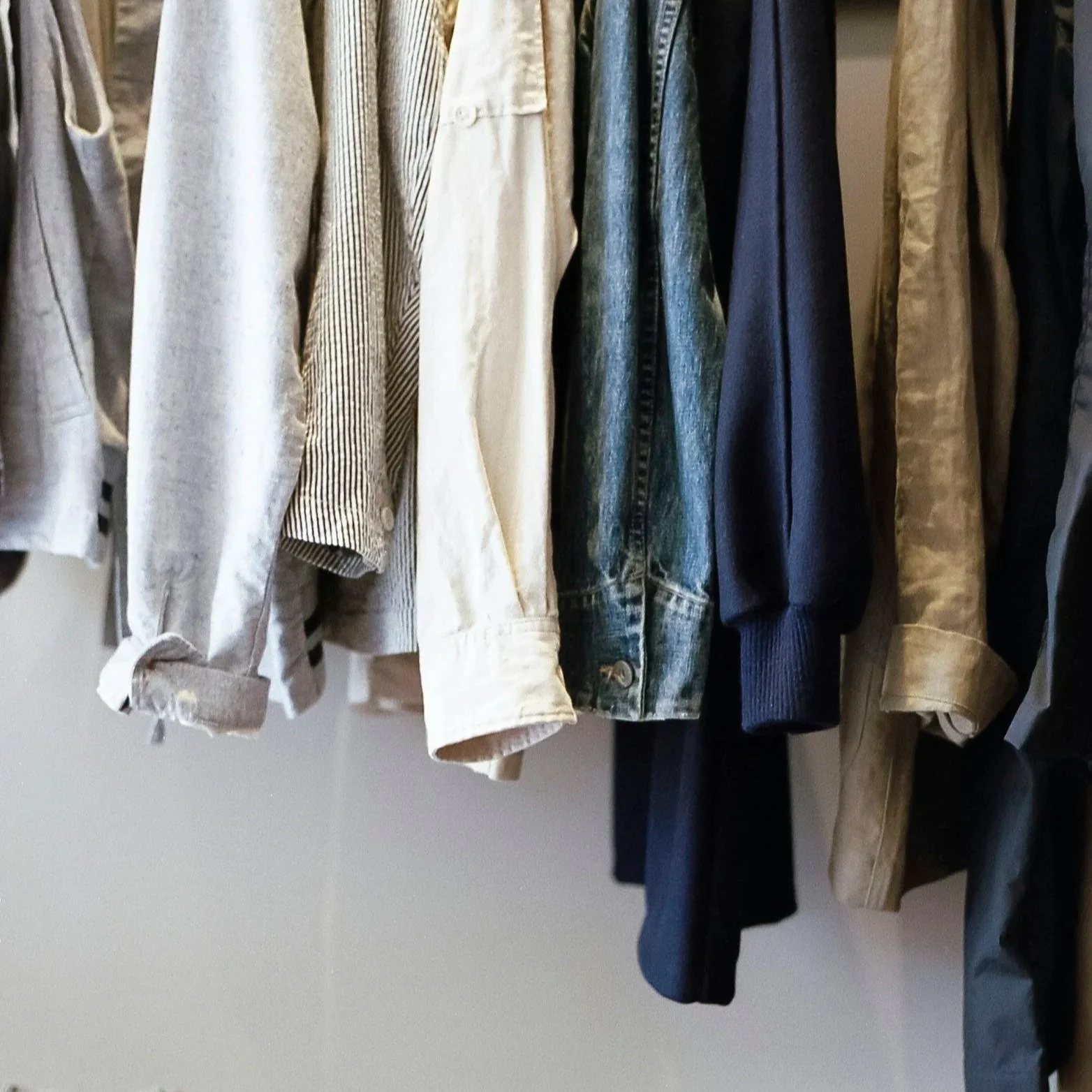Why Sustainability and Frugality Go Hand in Hand
(And How Living Intentionally Benefits Your Wallet + the Planet)
For years, we’ve been taught that sustainability is about buying better — swapping your single-use water bottles for an eco-friendly tumbler, trading fast fashion for “conscious” brands, and upgrading your appliances to energy-efficient models.
But here’s the thing: sustainability isn’t just about buying “greener” products. It’s about buying less overall. And when you shift your mindset from constant consumption to intentional living, something amazing happens:
You spend less. You waste less. And you make choices that are better for the planet and your bank account.
Sustainability and frugality aren’t just connected — they’re inseparable. 🌿💛
1. Buying Less = Saving More
The most sustainable thing you can do isn’t swapping out every item you own for a “green” version. It’s using what you already have.
When we stop chasing the next trendy purchase — whether it’s a kitchen gadget, a home décor update, or a new wardrobe refresh — we:
• Save money immediately
• Keep perfectly good items out of landfills
• Break the cycle of buying duplicates we don’t actually need
This is why I always encourage shopping your home before shopping the store. Chances are, you already own something that works just as well.
Example: Shopping my closet through the Whering app has helped me style new outfits from what I already have — no impulse purchases required. That’s sustainable and frugal living in one.
2. Choosing Secondhand First
Thrifting, Facebook Marketplace, Buy Nothing groups, and secondhand stores aren’t just budget-friendly — they’re also one of the most sustainable ways to shop.
Every time you choose used over new, you:
• Save 40–80% compared to retail prices
• Keep items circulating instead of contributing to waste
• Reduce the demand for fast production and resource-heavy manufacturing
I love finding gently used baby clothes, home décor, and books secondhand. It’s not only better for my wallet, but it keeps perfectly good items out of landfills and extends their life cycle.
3. Reducing Waste = Reducing Costs
Food waste, duplicate purchases, and forgotten “just-in-case” items all add up — both financially and environmentally.
One of the biggest shifts I’ve made is meal planning with intention:
• I plan multiple meals around overlapping ingredients
• I repurpose leftovers instead of letting them sit in the fridge
• I buy less overall — and use more of what we have
This change has lowered our grocery bill by $50–$75 a month and cut our food waste dramatically. Being mindful of what we consume is better for the planet and our wallets.
4. Repairing, Reusing, and Repurposing
Our culture makes it so easy to replace things at the first sign of wear. But frugality and sustainability both thrive when we extend the life of what we own.
Some swaps I’ve made:
• Reusing gift bags, tissue paper, and fabric scraps for wrapping 🎁
• Repurposing glass jars for pantry storage
• Cutting outgrown baby onesies into tiny tees instead of tossing them
• Fixing a wobbly chair or sewing a loose button instead of replacing the item entirely
Little habits like this save money while keeping perfectly usable items out of landfills.
5. Intentional Living Over Impulse Buys
Social media can make us feel like we need a constant stream of “new” — new clothes, new gadgets, new furniture, new trends. But intentional living challenges that cycle by asking:
“Do I actually need this? Or am I just chasing the feeling of something new?”
When you slow down, shop your home, and buy only what adds real value, you naturally:
• Spend less money
• Bring less clutter into your home
• Reduce your personal environmental footprint
Minimalism, frugality, and sustainability all overlap here: less stuff = more freedom.
The Bigger Picture
Sustainability and frugality are two sides of the same coin. When you spend intentionally and consume less, you’re not only saving money — you’re also creating a life with less stress, less clutter, and more space for what truly matters.
By focusing on what we already have, buying secondhand when possible, reducing waste, and repairing instead of replacing, we can build homes and lives that feel lighter, calmer, and more aligned with our values.
You don’t have to do everything perfectly. Even small changes add up — for your wallet, your mental health, and the planet. 🌿
Final Thoughts
I’ve found that the journey to financial freedom and the journey toward sustainable living often overlap. The habits that save us money — like using what we have, shopping secondhand, and reducing waste — are the exact same habits that reduce our impact on the environment.
And that’s the beauty of Spending Intentionally: when you choose less but better, everyone benefits.
💛 Share with a friend on their journey
💛 Follow @Spending.Intentionally on Instagram for mindful living & debt-payoff tips



